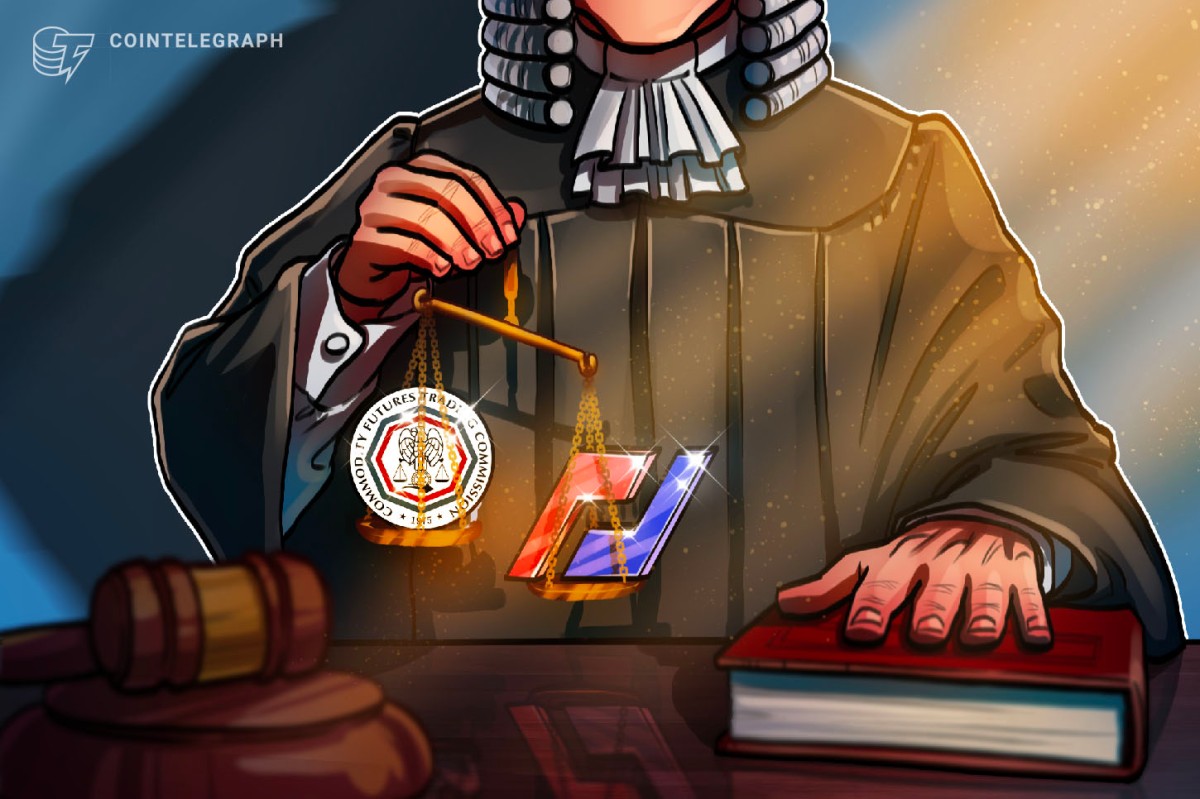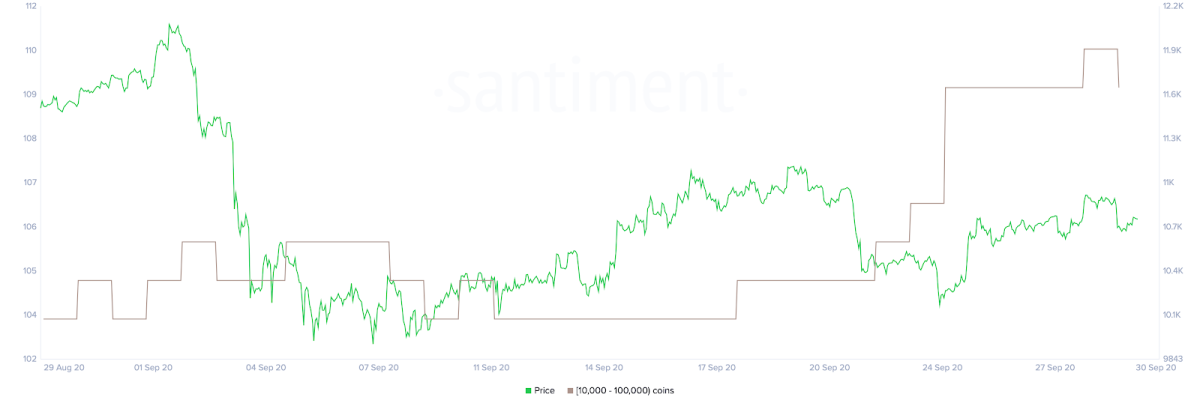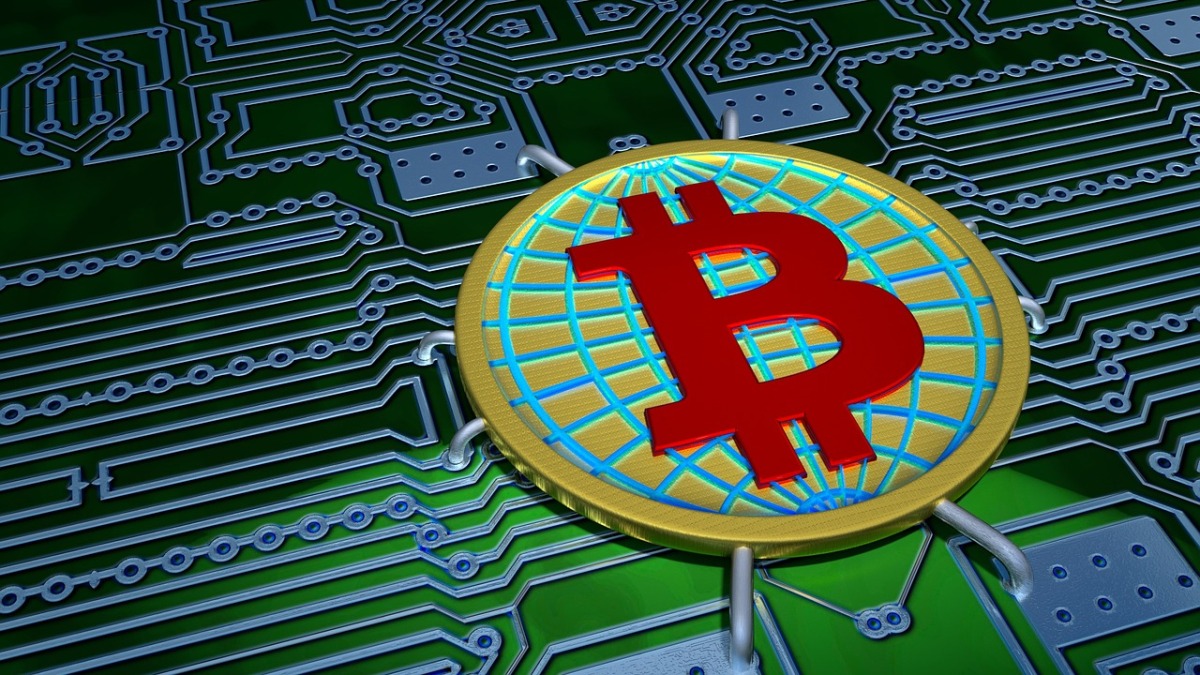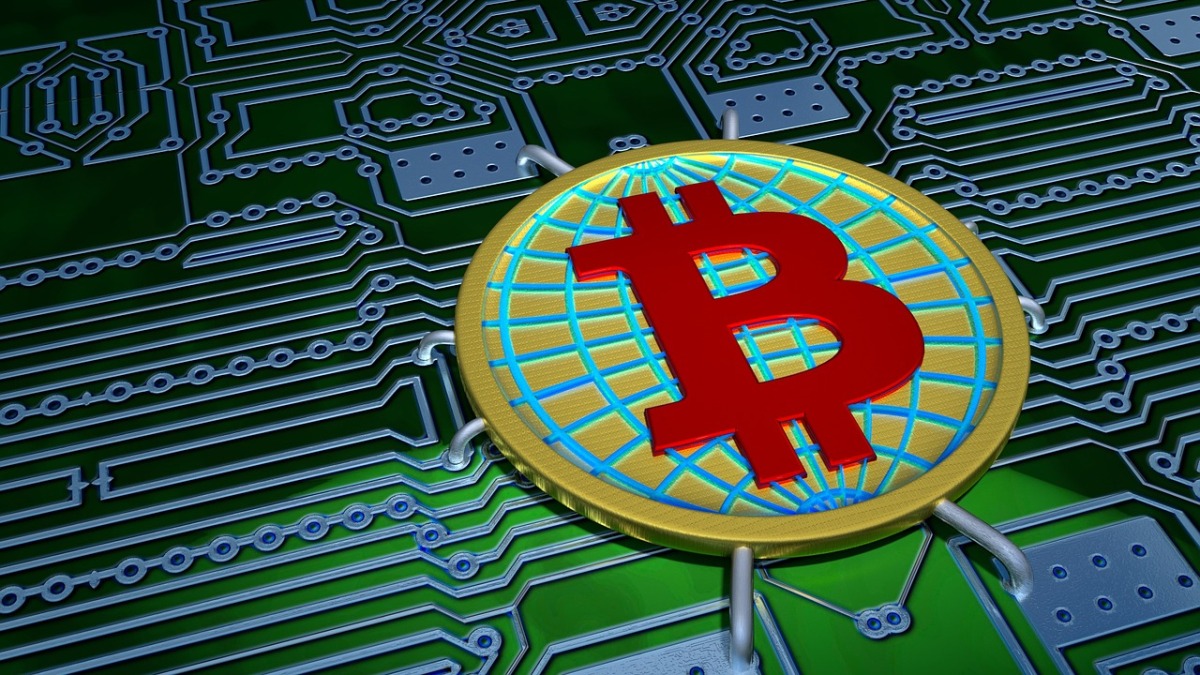Aave’s locked position in the DeFi market is nearly 1.3 billion U.S. dollars, ranking second, second only to Uniswap. Following Uniswap, Aave is also expected to start liquid mining. It is worth seeing whether liquid mining can re-energize the circle boom.
Last week, after Uniswap issued coins and conducted a huge airdrop, it once again aroused the market’s attention to liquidity mining.
After Uniswap, Aave is about to start its liquidity mining.
Aave is a lending giant on Ethereum, with a lock-up volume of more than $1 billion, ranking second in the DeFi market, and its market value has risen all the way from 500 to the current top 30.
Everyone in the market is also highly looking forward to Aave’s liquidity mining, and whether it can take over Uniswap to bring a new round of enthusiasm for mining?
“After Uniswap, lending giant Aave will start liquidity mining”
Recently, the liquidity mining boom that has lasted for nearly three months seems to be weak. Although there are more and more new mines in the market, the life cycle of new projects is getting shorter.
Until Uniswap announced the issuance of coins and airdropped 150 million UNI tokens to early participants, users who meet the requirements can get at least 400 UNI, worth more than 1,000 US dollars. For a while, the entire cryptocurrency industry was boiling over for this, and the heat of liquid mining swept across again.
As the largest DEX on Ethereum, Uniswap is also an indispensable part of many DeFi projects in liquid mining. The amount of locked-up funds and the number of active users are in the leading position, so its own liquidity mining is bound to be To a certain extent affect the market’s heat.
Following Uniswap, another giant project in the DeFi market, Aave, is also expected to start liquidity mining.
Aave is a decentralized lending project on Ethereum issued in 2017, formerly known as ETHLend, and LEND is its governance token.
It can be expected that in the near future, the Aave community will carry out a token migration. At that time, tokens will be migrated at a conversion ratio of 100 LEND: 1 AAVE.
The total number of AAVE tokens is 16 million, of which 13 million will be exchanged by LEND holders, and the additional 3 million will be used for the development of the Aave ecosystem, part of it will be used for ecological incentives, and some will be used for security incentives. Obtained through mining.
This means that after the token migration, Aave will also start liquidity mining. Although the mining rules have not yet been released, it is still a giant project after all, and user expectations are naturally high.
At present, Aave’s locked position in the DeFi market is nearly 1.3 billion US dollars, ranking second, second only to Uniswap. So everyone is also speculating whether Aave will have an impact on the entire DeFi market after starting liquid mining.
“Aave’s advanced path, from a hundredfold decline to a hundredfold increase”
Speaking of Aave or LEND, many friends have the impression of a hundred times currency. At this time, the old leeks were holding a handful of bitter tears: “Your Hundred Times currency is also my Hundred Times currency, but unfortunately I have fallen a hundred times.”
Yes, today’s DeFi giants have also experienced the darkest moment, and the price of the currency has fallen by as much as 100 times.
In 2018, the entire cryptocurrency market turned from bull to bear. The high point of LEND in January of that year was 0.37 USD, and when it looked again in December, the lowest had fallen to 0.0067 USD.
At that time, Aave’s name was still ETHLend, a decentralized peer-to-peer lending platform, but the operating data was relatively bleak. Because the transaction efficiency of peer-to-peer order matching was low, the market space of ETHLend was very limited.
After realizing that peer-to-peer order matching lending would not work, the entire team learned from the pain and changed the development direction of the entire project, not only renamed Aave, but also shifted its core business from peer-to-peer lending to a decentralized lending pool-based approach.
The logic of the lending pool is roughly as follows: users (depositors) deposit encrypted assets in the lending pool to provide liquidity for them, and can obtain atoken voucher at a ratio of 1:1, that is, deposit 200 ETH, which can be obtained 200aETH, when the user returns the atoken to the loan pool, he can redeem his own assets and earn interest on the deposit; the borrower can deposit multiple mortgage assets into the loan pool to borrow other assets. If the borrowed tokens do not reach the liquidation line, the loan and interest can be repaid. If the liquidation line is reached, part of the mortgage assets will be liquidated.
A very clever point in the design of the Aave loan pool is that when users borrow, they need to pay a certain percentage of borrowing interest and handling fees. Among them, part of the processing fee is to buy back and destroy the LEND tokens in circulation, which causes the LEND token model to be deflationary, and the number of tokens will decrease.
Currently, the Aave lending pool has supported 20 cryptocurrency assets including DAI, USDC, ETH, BAT, KNC, YFI, etc.
In addition to the decentralized lending pool, the Aave team has also launched flash loans and credit loans.
Flash Loahs is a pioneering product in the development of Aave. Most users are very unfamiliar with Lightning Loan, because its target users are developers of financial products and are not suitable for ordinary users.
Lightning loans are also called unsecured loans. Users can successfully arbitrage as long as they complete borrowing, repayment and interest in one block at the same time. In other words, the user needs to complete lending funds, returning all funds, and paying interest within 13 seconds (the average block time of Ethereum is about 13 seconds), and the transaction is considered successful. If something goes wrong, this transaction will be invalidated.
The emergence of flash loans has given a lot of imagination for lending, allowing financial product developers to use flash loans to create arbitrage tools or refinancing tools to build financial products without capital. To some extent, this lowers the development threshold, and ultimately benefits terminal users.
In addition to flash loans, another innovative product of Aave is credit loans. Liquidity providers can authorize credit lines (atoken vouchers) to people they trust, or they can authorize credit lines to a specific smart contract to earn additional handling fees.
Previously, Aave issued the first unsecured credit loan to the centralized exchange DeversiFi through the form of on-chain smart contracts + off-chain legal contracts. This credit loan method can improve the efficiency of the use of liquid funds, and the combination of DeFi + entity companies is also considered by the community to be an important step in exploring DeFi out of the circle.
From the Aave loan agreement, the decentralized loan market, flash loans, to credit loans, Aave has been exploring more possibilities in the DeFi market. The price of the currency has not disappointed, and it has risen all the way, from 0.064 US dollars to 0.84 US dollars, an increase of more than a hundred times.
And Aave has not only been recognized by the market, but also obtained an electronic money institution license issued by the British Financial Conduct Authority FCA, which means that Aave can issue digital cash alternatives and provide payment services in compliance.
Prior to this, only two companies in the cryptocurrency industry have obtained FCA’s license certification. The world’s largest exchange Coinbase and the British financial technology bank Revolut, you can imagine how high their gold content is.
“Can Aave’s liquidity mining create a boom?”
As one of the largest projects in the DeFi field, Aave will not know whether its liquidity mining can promote the popularity of DeFi.
In view of the previous experience of Curve issuing coins, some users expressed concern: Curve was so beautiful when it first issued coins. The market value of Curve reached more than US$90 billion when it was launched, which directly exceeded the market value of Ethereum. Isn’t it still a feather? Will Aave finish as dismal as Curve?
What will happen to Aave’s liquidity mining? The market will give us the answer by then. To be sure, Aave will not be like Curve.
Because Aave’s token was launched as early as 2017, it has already experienced a round of bull and bear market baptism. Even if liquidity mining is subsequently started, only a small part of tokens will be issued, which is far less than Curve in terms of the degree of bubble.
As the head project of the loan agreement, Aave has locked up close to US$1.3 billion, and its core business has formed scale and is stable. It also needs to consider the specific market environment when it starts liquidity mining.
In addition, it is understood that only the additional 3 million tokens in Aave are used for mining, accounting for only 18.75% of the total. Some unsuspecting users also asked, Aave has developed so well, do you still need to take advantage of liquid mining?
In the initial information disclosure of the team, the additional tokens were issued because the tokens used to incentivize the development of the ecosystem had been exhausted, and the team considered the need to issue new tokens. The additional tokens will be used. Make safety guarantee incentives and ecosystem incentives.
The security guarantee incentive is that the user will use the mortgage AAVE as a guarantee to prevent insolvency problems that may occur during the borrowing process. The ecosystem incentives are similar to the current mining projects in the market. Users earn mining rewards by making a market in Balancer, or borrowing or lending from the Aave loan pool.
Therefore, there is a certain difference between Aave’s mining and mining projects on the market. The consensus now is that everyone thinks DeFi will collapse, but they don’t know when.
Judging from the popularity of Uniswap, it seems safe in a short period of time. However, if the market is already in danger when Aave starts liquid mining, even if Aave is the leader of DeFi, it will be difficult to shake the market on its own.
























